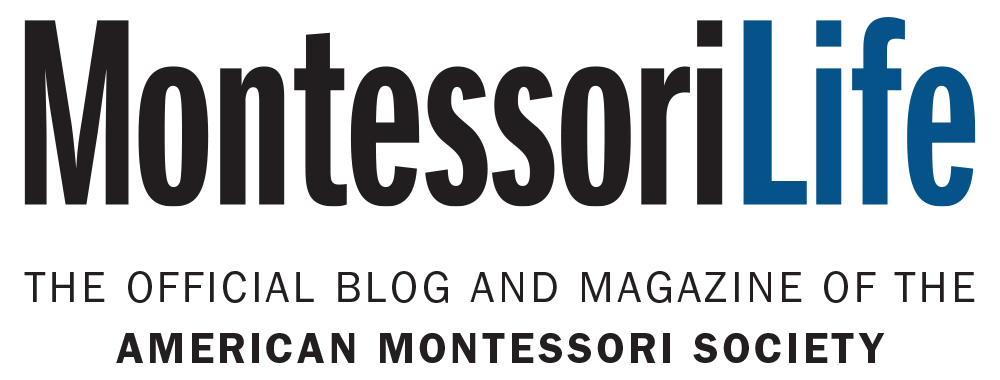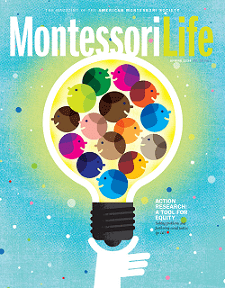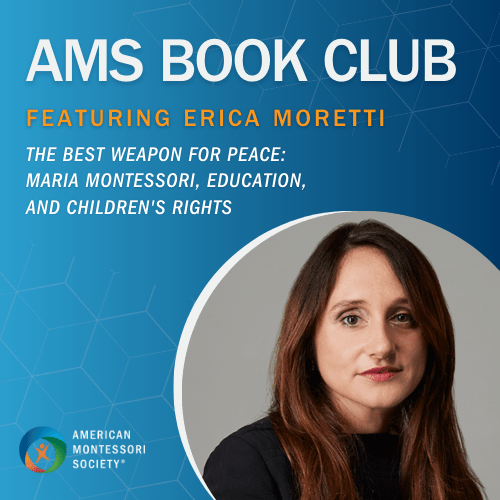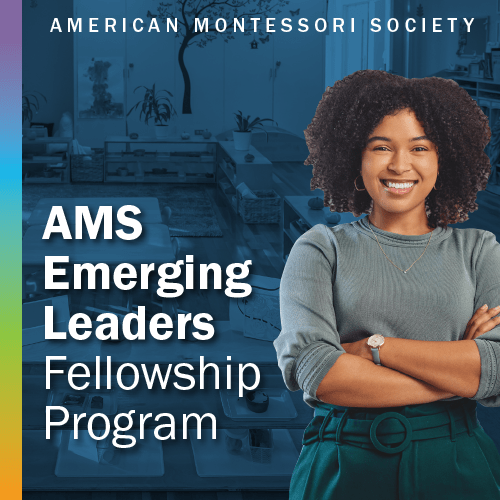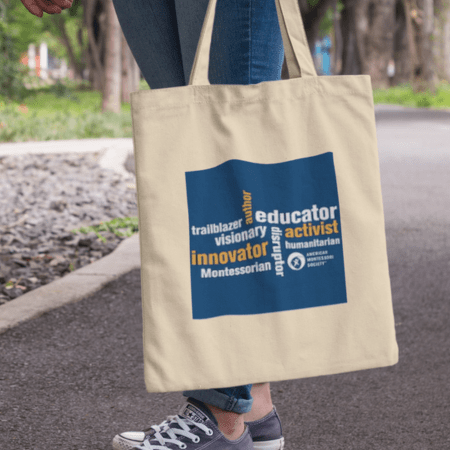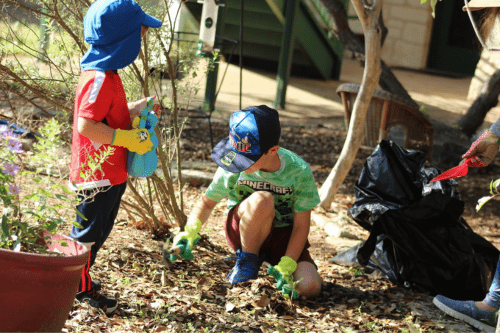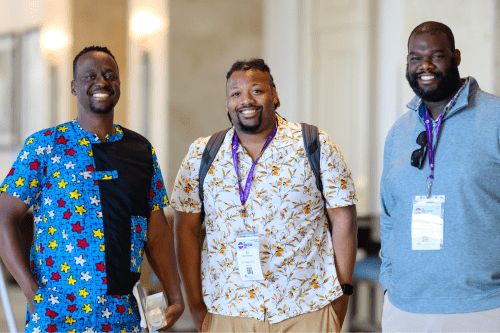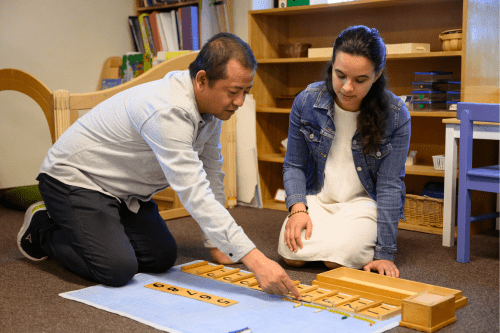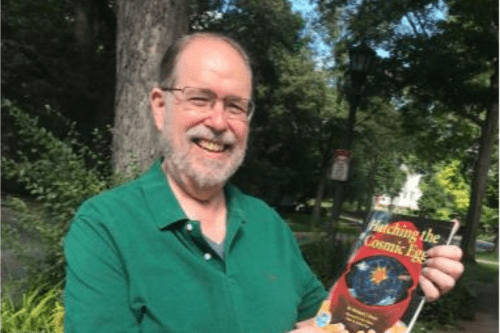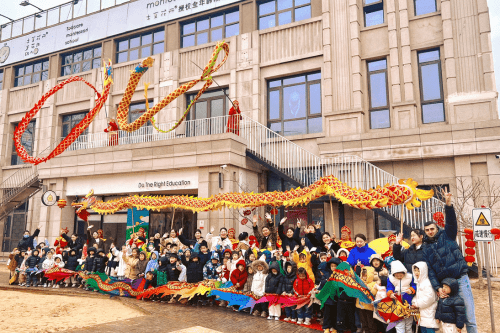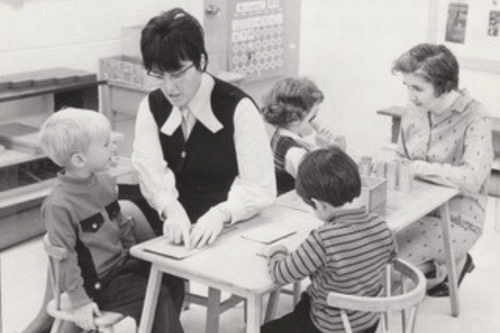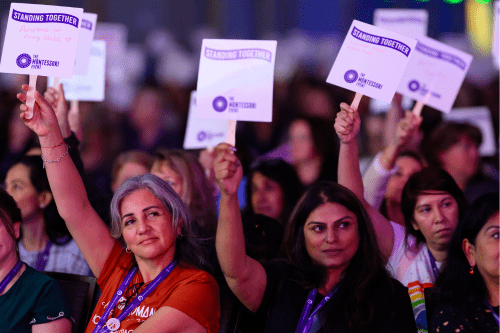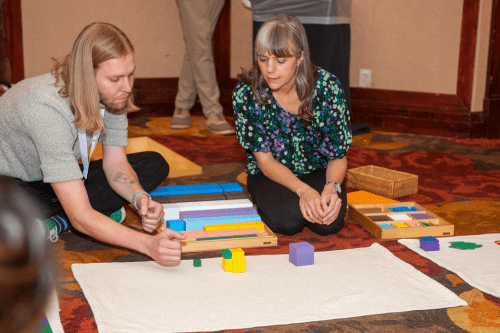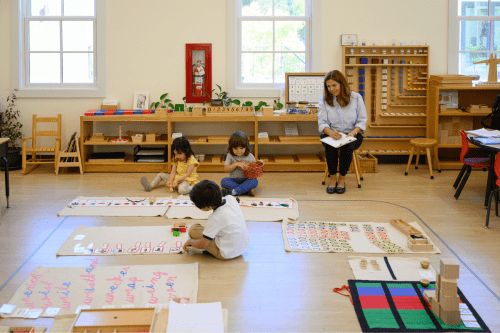How to Increase Student Enrollment and Racial Diversity at Montessori Schools

With school enrollment plunging across the country, many educators and administrators are singularly fixated on ways to serve more students. This focus is understandable since funding is often tied to enrollment. It’s also unfortunate, especially when it undercuts long-overdue efforts to achieve greater racial diversity among students and staff.
My experience shows schools don’t need to choose between increasing enrollment or boosting diversity. They can do both.
When I began my career in education two decades ago, I was one of only several Black teachers in my school. My own Black children were overwhelmingly taught by white teachers. These patterns repeat themselves across the country. Roughly 47 percent of U.S. students—and 79 percent of teachers—are white. The inverse is that people of color make up more than half of students yet only a fifth of teachers.
After years spent working in majority white, as well as majority Black school districts, and rising to become a deputy superintendent, I grew frustrated. Too often, the choice for young people of color was assimilation (and losing their cultural identity) or failure. Research showed the need for culturally responsive practices in learning environments as well as a positive relationship between cultural identity and academic success. Yet from disportionately high rates of suspension and special education classification to disproportionately low rates of participation in advanced classes, too often students of color weren’t getting what they needed.
I changed gears and began focusing on how to help schools achieve racial equity. I left districts, wrote a book, and began working with schools across the country. This experience has helped me see just how much change is possible.
Take the example of Hockessin Montessori School, an AMS accredited member school outside of Wilmington, DE, that serves toddlers through eighth-grade students. When I started working with the school in 2021, its enrollment was just 104 students, the lowest number since the 1995 – 1996 school year. In particular, there were fewer Black students in the school than in the surrounding community.
The administration wanted to take an active approach to diversity, equity, and inclusion, but it didn’t know where or how to start. With other organizations posting formulaic statements, the school wanted equity to be more alive in its community, both seen and felt.
We started our work with a question: “Who do you hope to serve?” Once the administration articulated its vision for more students—and more racially diverse students—we got to work.
The staff began engaging in six months of readings and discussions. We talked about bicultural fluency, building new perspectives, and how to challenge stereotypes. It was difficult at first; like most people, the staff were not used to talking explicitly about race and identity, and we were engaging in the aftermath of George Floyd’s murder, when race relations across the country were at a fever pitch. But we persisted. After each session, I challenged the educators to implement the concept in their own classrooms. I encouraged them to be aware of their personal beliefs and check them at their classroom door, in order to lean into their students’ perspectives. How, I asked the teachers, can you discover your students' hopes and dreams and incorporate them into lessons using books, materials, and discussions that recognize people of color and their lived experiences as critical windows into the world? How can you make students of color feel safe bringing conversations about race that they might have at home into the classroom?
While Hockessin Montessori School teachers were making this shift within their classrooms, the school’s leaders were making the shift schoolwide. The administrators crafted a statement that was responsive to the specific challenges and opportunities that students and families shared with them.
With a clear objective in mind, they were able to implement strategies for community building in all aspects of the school. For example, school tours for prospective students changed to give families opportunities to share their personal stories, dreams, goals, fears, and worries—creating a space to bond from their first interaction at the school.
Despite the horror stories you might see on cable news or social media, the school’s shift to be more intentionally inclusive did not turn off prospective students or staff. It was just the opposite. Inclusivity was an asset. In fact, more students of color enrolling in the school had a snowball effect. Word spread. Families and staff of color saw themselves represented at the school and could tell the school’s words were being put into action. In just over a year, the school’s staff went from 24 percent people of color to 43 percent people of color. Enrollment nearly doubled to 204 students.
Now, the school has its highest enrollment in 20 years.
What happened at Hockessin Montessori School can happen anywhere. Educators have to be ready to pivot from the status quo to a more active, intentional, community-focused approach. Making this pivot can require letting go of outdated ideas about culture, and stepping into a new vision that helps define what it looks and feels like to be a student and family of color, integrated, in a school.
Making this shift isn’t easy. It involves building a new set of skills for looking at our own biases honestly—and yes, we all have biases—and requires real bravery. My work at Hockessin Montessori School and schools across the country has shown just how much is possible when we commit to this hard work. When we’re really clear on who we are and how we want the families we serve to feel in our community, we can build more equitable, racially diverse schools and attract more students.
Both things can be true.
About the Author

|
Dr. Taryn Fletcher is a school and business strategist, bestselling author, and master life and leadership coach. Her mission is to help leaders pivot from the status quo to their ultimate vision by rethinking their organizations and rebooting their lives. Taryn is a parent of children who attended Montessori schools, and she serves on the Montessori Works board. |
Interested in writing a guest post for our blog? Let us know!
The opinions expressed in Montessori Life are those of the authors and do not necessarily represent the position of AMS.

